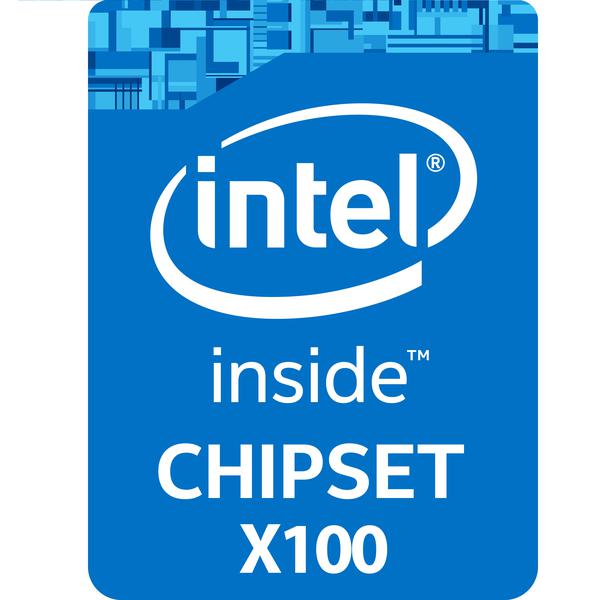Hoy tenemos una filtración bastante grande con muchos detalles nuevos sobre los próximos procesadores Skylake de Intel. Para empezar, Microsoft eliminará la compatibilidad con el controlador de host EHCI (especificación USB 2.0) y mantendrá solo la especificación del controlador de host xHCI (también conocida como la especificación USB 3.0 universal). Si bien la especificación USB 3.0 es compatible con la mayoría de las funciones USB 2.0 y 1.0, la instalación de Windows 7 a través de USB no será una de ellas (fuente: EXPReview).
Una representación de matriz de un chip Skylake. @ Dominio público de Intel

I have to admit one thing though, Intel has absolute plausible deniability on this. No one can claim with 100% certaintythat they are in league with Microsoft in trying to push Windows 7 users to finally get a move on. The reason for that is that the discarding of EHCI was inevitable sooner or later, and while they could have taken steps to remedy the problem easily, they have no compulsion to do so.The problem begins with the fact that Windows 7 does not have the code to support master xHCI based installation via USB, with only installation over EHCI allowed.
You might be thinking that one can always take the bootable DVD route and even though research indicates that dependence on optical drives is diminishing by the second, it has its own caveats. You better hope that your motherboard has a PS/2 port because even while installing from a DVD, the USB ports wont work (during the install setup). If you have just one PS/2 port you will have to switch your PS/2 based mouse and keyboard as required through the entire process. All this means that Windows 7 will be very very troublesome for people to install and in most of the cases, people will consider it not worth the effort. Even if you do get it to work, the lack of EHCI means there might be unforeseen compatibility issues in the future. Effectively, from Skylake, and thanks to Intel's spec upgrade, Windows 7 is now officially an obsolete OS.
De todos modos, eso no es todo, también tenemos nueva información sobre Skylake y sí, todo esto está confirmado:
Intel lanzará los procesadores Broadwell en 2015 (llamados Broadwell-K) y utilizará el zócalo LGA 1150. Los procesadores serán los primeros en fabricarse en el nodo de 14 nm (en el mercado principal) y requerirán el conjunto de chips de la serie 100 de forma nativa con compatibilidad con versiones anteriores para el conjunto de chips de la serie 9 también. Dado que DDR4 es uno de los principales factores de venta de Skylake, los usuarios harán bien en optar por la plataforma de la serie 100 (a menos que los AIB de la placa base decidan lanzar mobos de la serie 9 modificados).
Cuadro comparativo de plataformas principales de Intel:
| Intel Sandy Bridge Platform | Intel Ivy Bridge Platform | Intel Haswell Platform | Intel Broadwell Platform | Intel Skylake Platform | |
| Processor Architecture | Sandy Bridge | Ivy Bridge | Haswell | Broadwell | Skylake |
| Processor Process | 32nm | 22nm | 22nm | 14nm | 14nm |
| Processors Cores (Max) | 4 | 4 | 4 | 4 | 4 |
| Platform Chipset | 6-Series “Cougar Point” | 7-Series “Panther Point” | 8-Series “Lynx Point” | 9-Series “Wild Cat Point” | 100-Series “Sunrise Point” |
| Platform Socket | LGA 1155 | LGA 1155 | LGA 1150 | LGA 1150 | LGA 1151 |
| Memory Support | DDR3 | DDR3 | DDR3 | DDR3 | DDR4 |
| Thunderbolt | Yes | Yes | Yes | Yes | Yes “Alpine Ridge” |
| Platform | Desktop LGA | Desktop LGA | Desktop LGA | Desktop LGA | Desktop LGA |
| Launch | 2011 | 2012 | 2013-2014 | 2015 | 2015 |
Permanecer en el bucle
OBTENGA UN COMPENDIO DIARIO DE LAS ÚLTIMAS NOTICIAS TECNOLÓGICAS
Directo a tu bandeja de entrada
Suscríbete a nuestro boletín




